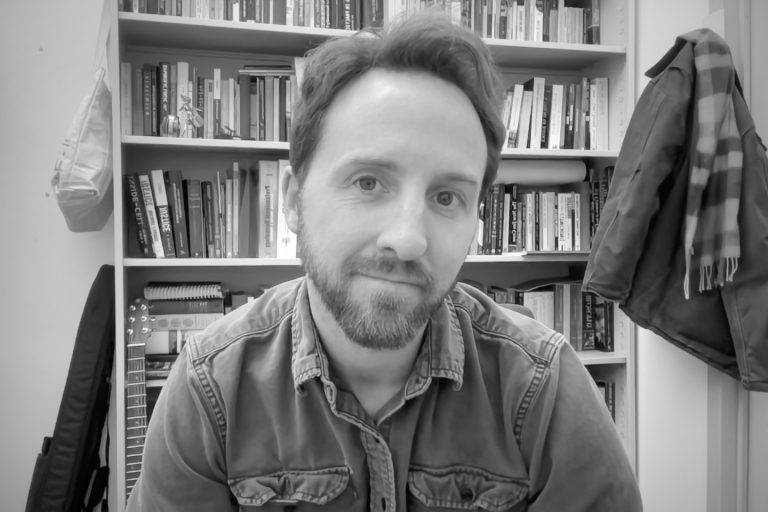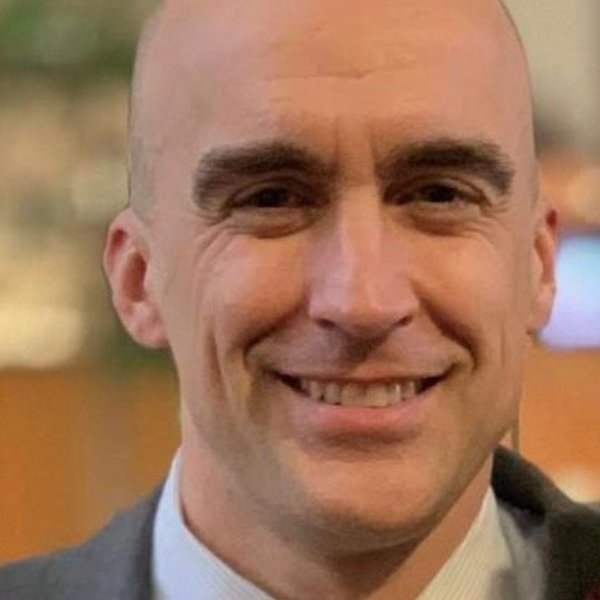On the night of August 3, 1987, Sandra Lison—mother of two—disappeared from the Good Times Bar in Green Bay, Wisconsin, where she worked as a bartender. The next morning, Sandra’s body was found thirty miles north, in the rural Machickanee Forest. The evidence suggested that she had been beaten, strangled, and sexually assaulted.
Investigators initially focused on finding a man whom two customers at the bar saw speaking with Sandra in the early morning hours, making him the last person in the bar before closing. The man was never identified, and the case went cold. For eleven years.
Then, in 1998, a prisoner in the Oshkosh Correctional Institution began telling guards about the nightmares of his cellmate, David Bintz. The prisoner said that David would scream in his sleep about killing a woman. According to the prisoner, David yelled to “make sure she’s dead.” The prisoner told guards that he confronted his cellmate, and David admitted to helping his brother, Robert, kill Sandra after the two went to purchase beer from the bar and were annoyed at the high price.
Reviewing their notes, investigators remembered that they had spoken to David Bintz early in the investigation, and he had told them about driving to the bar to buy beer with Robert and a friend.
At some point in the investigation, a witness claimed that David Bintz had called in a bomb threat to the Good Times Bar on the night of Sandra’s disappearance.
Based on this evidence, in 2000, David and Robert Bintz were both tried for and found guilty of the murder of Sandra Lison.
No physical evidence tied him or his brother to the crime. Indeed, DNA extracted from semen and blood found on Sandra’s remains excluded both David and Robert.
The source of the DNA from the blood and semen remained a mystery.
Based on the physical evidence pointing to another man, the Great North Innocence Project took on Robert’s case and began searching for the true perpetrator.
Around that same time, investigative genetic genealogy began making headlines.
In the summer of 2023, the Great North Innocence Project turned to the Ramapo College IGG Center to help identify the source of the rogue DNA.
Over the course of three days, a team of eight Ramapo IGG Center staff and students worked on the case.
At the end of those three days, the Ramapo IGG Center team produced a lead: genetic genealogical analysis indicated that the source of the DNA was likely one of three brothers who were living in the Green Bay area at the time.
One brother stood out. Just prior to the attack on Sandra at the Good Times Bar, he had been released from a long prison sentence for crimes in 1981 where he, on two separate occasions, broke into the home of the same woman, where he blindfolded and raped her.
That same brother was later charged with calling in a bomb threat to a courthouse.
Based on this lead, the Great North Innocence Project secured the cooperation of the district attorney to conduct additional DNA testing and comparisons.
In late May, 2024, the district attorney agreed to exhume the body of the man identified by the Ramapo IGG Center. He was exhumed on May 30th and several samples were taken from his body to compare directly to the crime-scene evidence.
In a strange twist, another unsolved murder from just months prior—this one in Minnesota—may have a connection to this case. Efforts to confirm or refute the connection are ongoing.





